Different Mechanism and Classification of Automobile Engines
Introduction
Engines are machines used to generate power by converting potential energy into heat and finally into any output you want, for the case of automobiles the out come is the work of an engine is to generate rotary motion also for power the out come is electrical energy and more like that but I am going to be concerned about the automobile engines which converts fuel to heat energy and then rotary motion is given.
Classifications of automobile engines
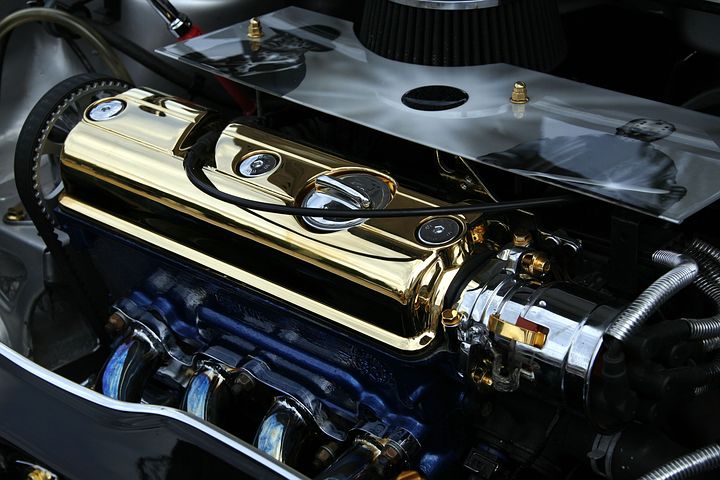 image source: pixabay link CC0 Licensed
image source: pixabay link CC0 Licensed
All automobile engines work with different principles even if they out come is all thesame and they can be classified based on mechanical designs, mechanical constructions, and mechanical applications which I would list below:
Automobile engine are classified by Combustion (internal combustion and external combustion)
Type of fuel (Diesel, Petrol, Gas, Bio and Cases of alternative fuel)
Type of Ignition (Compression ignition and spark ignition)
Type of Stroke (2 Stroke and 4 Stroke which varies in diesel and petrol)
Size and Capacity
Number of cylinders
Arrangement of cylinders
Motion of Pistons (Reciprocatory Motion and Rotary motion)
Classification by Combustion
Combustion in engines can be explained generally as the process or the steps taken to burn fuel.
rapid chemical combination of a substance with oxygen, involving the production of heat and light.SOURCE LINK
Internal Combustion Engine:
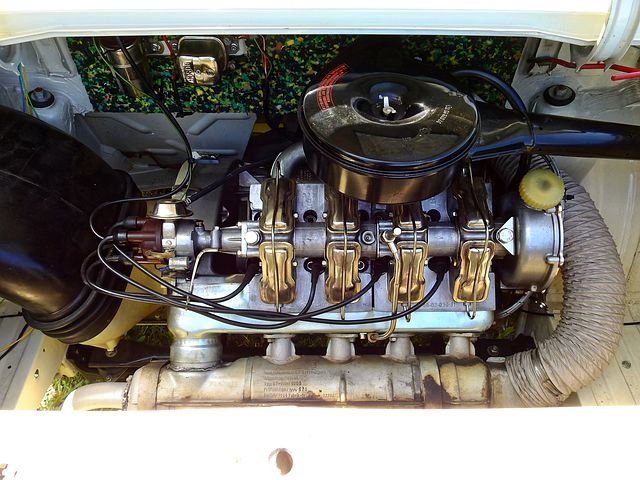 image source: pixabay link CC0 Licensed
image source: pixabay link CC0 Licensed
Internal combustion engines are the most common engines in our vehicles and power generator systems where the combustion of a fuel is done with air in the combustion chamber which is a vital part of the combustion process. There are major elements that can make the this combustion a success which are the crankshaft, piston, exhaust, connecting rod, spark plug, connecting rod and valve.
In the internal combustion engine there is high pressure and temperature produced during the process of combustion due to forces from some components in the engine. The forces are responsible for moving components over distance by transforming chemical energy to mechanical energy.
Internal combustion engines feed on fossil fuels like petrol, diesel and gasoline from natural gas and petroleum products. The usage of renewable fuels for compression ignition engines and methanol for spark ignition engines are growing gradually and might be fully considered a major fuel soon in future even hydrogen are also used sometimes but are either obtained from renewable energy.
International combustion engine obeys the ideal gas law :
pV=nRT
As I explained above about the increase of temperature and pressure.
The volume (V) occupied by n moles of any gas has a pressure (P) at temperature (T) in Kelvin.
Source: Chemistry textbook by Osei Yaw Ababio
Internal combustion engine has a combustion chamber where air and fuel meet to ignite so as to increase he temperature of the gas and also when heat is added to the system its automatically makes the gases inside the system to expand. The internal combustion can be done using a piston known as reciprocating engine.
Working principle
Internal combustion can be in strokes which are 2 and 4 Stroke engines but the major working principle is in four stages depending on the stroke which I will explain better when I talk about the Classification by engine stroke.
The internal combustion has the taking in, compression, spark and exhaust. The inlet valve opens for the air and fuel mixture to come into the cylinder for combustion or it can be said to be a suction stage where the fuel is sucked in then the and for that to be achieved the pistin has to move from the TDC to BDC and next is the compression where the both the inlet and outlet valve is close and the air and fuel is being compressed that is fuels and air will be compressed whereby the piston moves again from BDC to the TDC with the help of the momentum on of the flywheel to compress the mixture and the combustion chamber and the next step is where the spark plug is been fired for the engine to start working and the the waste furl form the combustion is been passed out through the exhaust (outlet).
External Combustion Engine:
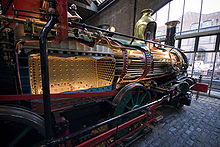
image credit: Wikipedia link CC license BY-SA 3.0
External combustion engines are the steam engines where energy is given to a working fluid not mixed with combustion products. The working fluid is probably hot water, liquid sodium heated in a boiler or even air. External combustion as the name external involves heating by combustion from external sources through heat exchangers and the working fluids are contained internally.
Working principle
It's a heat engine in which the combustion chamber is located outside the system like for example is the steam turbine in which the boiler is outside or the early models of trains and automobiles that use coal to boil water at high pressure and superheat it to send through the crankshaft to rotate the piston
Classification by the type of Fuel
Fuel is any substance burnt to produce power like gas, coal, diesel, petrol etc.
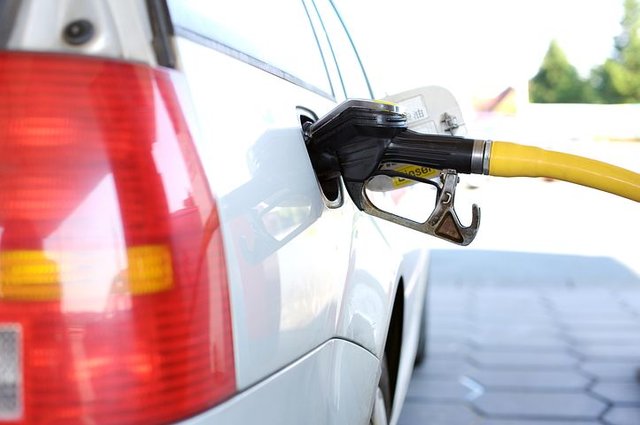 image source: pixabay link CC0 Licensed
image source: pixabay link CC0 Licensed
Automobiles engines that are popular today run on petrol or diesel and when purchasing an automobile there are things to consider like budget, preferences and circumstances. Personally I think petrol is not almost fun but economical while diesel is not well refined and not economical even technology has proven diesel not to be the best fuel economically.
Considerations for kind of fuel
Cost of Usage: The petrol cars are cheaper than the diesel cars when talking about purchase and maintenance. Cost of usage is a factor to note for than fuel consumption because it included insurance, depreciation, and purchasing the vehicle is considerable between the diesel and petrol cars of same. Finally diesel engine cars are generally cheaper to get and the more kilometers per hours you cover you save more money by choosing diesel.
Economy: Petrol engines can possibly deliver approximately 45% less fuel economy than a diesel engine funny it can be cheaper to have for three years.
Driving Choice: Diesel engines develop max torque at low rev/sec which means you change gears earlier, moderns automatic vehicles work very well with diesel engines.
Diesel is smoother petrol engines when it comes to the 3 cylinder petrol unit that are popular choice for manufacturers to boost fuel efficiency today. Mechanical Engineering advances have now narrowed the conflict between diesel and petrol talking about refinement and performance most especially.
Conclusions
The idea of engines running on the same principles as well as just thinking its all about starting the engine and there is rotary motion is been cleared and nobody would tell you about the steam engine unless you really want to know because the would is filled with the internal combustion engines.
Would love to go on but I don't want to bored you with too lengthy content and next time I will continue with the other secrets
References
Design Classification
External Combustion engine (steam engines)
Kind of fuel to Consider
energyeducation.ca
internal combustion engine
hilliers automotive technology textbook
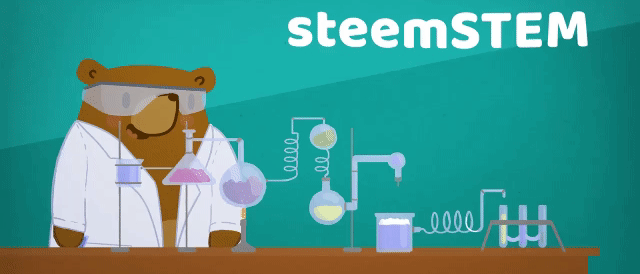
classification by the type of fuel? Never seen that before. Awesome post bro, you deserve an accolade -- Resteemed -- Resteemed
Thanks man
Congratulations @osariemen! You have completed some achievement on Steemit and have been rewarded with new badge(s) :
Click on any badge to view your own Board of Honor on SteemitBoard.
For more information about SteemitBoard, click here
If you no longer want to receive notifications, reply to this comment with the word
STOP